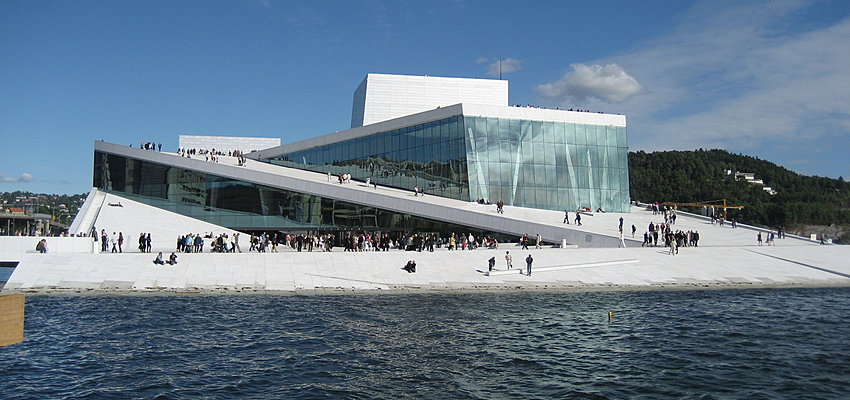


The Norwegian government is sympathetic to better integration of people with disabilities via action plans highlighting citizen participation and by conducting studies that will help develop these plans.
Norway practises an inclusive approach to people with disabilities, meaning that the country chooses to include the disabled within society (in ordinary schools for children, for example) and to compensate for their disability without trying to exclude people with disabilities. This is why there are no specific laws but provisions within each law. Norway, just like other Nordic countries, has proven this desire of inclusion in recent years, notably by broadcasting a reality TV programme on a public channel, showing mentally disabled people in their daily lives. This seems to have had a positive impact on the perception of disabilities in general.
All trains have been equipped and adapted since 2003, as well as train stations that have access ramps and lifts. Some buses have even been equipped with ground-level entries, which allow for immediate accessibility for wheelchairs, which reduces the time it takes to load the bus. There are also trams with lowered floors in Oslo. If you’re planning a trip in the north along the Norwegian coast, for example to cities like Trondheim and Bodø, it would be useful to take a boat, like the Hurtigruten, which is designed perfectly for travelling in polar regions and has cabins adapted for people who use a wheelchair. For lodging during your trip to Norway, look for Scandic Hotels, the main Nordic hotel chain, which has built adapted rooms for different types of disabilities in its 15 Norwegian hotels.
Thanks to a genuine commitment to improving services, some places stand out, including tourist sites. The Bryggens Museum in the Bryggen district in Bergen is an example of this, since it is highly sensitive to the idea of universal accessibility: ramps allow for easier access to the three floors, and special exhibits are held for the hearing impaired, and even for the blind who can touch works that are part of the permanent exhibits. In 2014, the Council of Europe awarded the Accessibility Award to Norway for its opera house in Oslo where people can go on the roof, which has ramps ensuring accessibility.

However, information on accessibility remains rather difficult to find; for example, web sites do not always specify if accessibility is possible. Duringa trip to Norway, you will find a desire for inclusion and improvement of the living conditions for people with disabilities, but you will also encounter accessibility that is still inconsistent and a lack of information that forces you to enquire directly with the various places you want to visit.